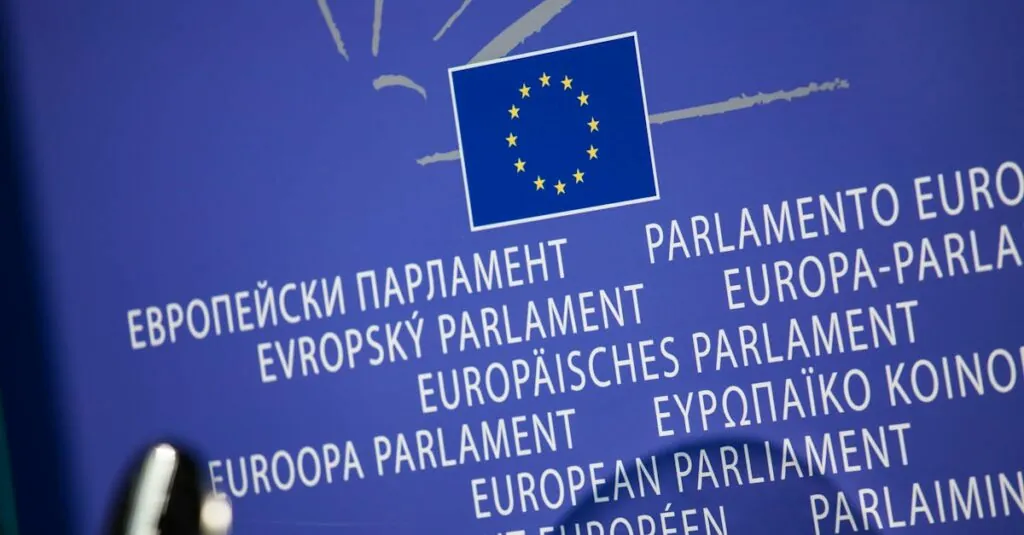In a world where borders blur and headlines shift faster than a cat meme goes viral, understanding international affairs is more crucial than ever. Whether it’s political maneuvers, economic shifts, or global crises, keeping up with the latest developments can feel like trying to solve a Rubik’s Cube blindfolded. But fear not! This international affairs brief is here to untangle the chaos and serve up the essentials in bite-sized pieces.
Table of Contents
ToggleOverview of International Affairs Brief
The international affairs brief serves as a vital resource for distilling complex global events into accessible insights. It highlights essential topics impacting the international landscape.
Purpose and Importance
Understanding global trends and geopolitical issues matters for informed civic engagement. The brief simplifies intricate developments, making them comprehensible for a broader audience. It fosters awareness of political shifts, economic changes, and humanitarian crises. Increased knowledge enables individuals and organizations to respond effectively to global challenges. Policymakers can use the brief to identify emerging trends, enhancing decision-making processes. Overall, the brief promotes the understanding of interconnectedness in today’s world.
Key Components
An international affairs brief typically includes several essential elements. Summaries of major events feature prominently, ensuring readers grasp critical developments quickly. Contextual analysis provides deeper insights into the implications of these events. Data and statistics support claims, strengthening arguments. Geographic focus highlights regions of interest, showcasing global diversity in issues. Expert opinions and forecasts often accompany the information, offering predictions based on current trends. Together, these components create a comprehensive overview of international affairs, delivering a well-rounded understanding for readers.
Current Trends in International Affairs
Current trends in international affairs highlight significant geopolitical and economic developments shaping the global landscape. Understanding these dynamics is crucial for comprehending the complexities of modern-day interactions.
Geopolitical Shifts
Geopolitical tensions are increasingly evident in various regions. Nations like China and Russia assert influence through military expansion and strategic alliances. The U.S. faces challenges in maintaining its global leadership. Partnerships in the Indo-Pacific region showcase shifts toward collective security and trade agreements. Countries in the Global South engage actively, emphasizing sovereignty and regional stability. Emerging powers redefine global order by challenging established norms while advocating for multipolarity. This evolution in international relations provokes responses across alliances. Awareness of these shifts aids in anticipating future conflicts and cooperation.
Economic Developments
Economic developments continue to transform international relations. Supply chain disruptions experienced during the pandemic led to reevaluated trade policies and local manufacturing strategies. Inflation rates surged globally, prompting discussions on monetary policy adjustments. Digital currencies gain traction as nations explore central bank digital currency initiatives to enhance financial systems. Countries prioritize green energy investments to combat climate change while fostering economic growth. Trade negotiations are on the rise, particularly among regional blocs aiming for better access to markets. Monitoring these economic trends proves essential for understanding their broader implications on political stability and global cooperation.
Regional Highlights
Current international affairs showcase key trends and issues shaping various regions. Understanding these highlights is vital for grasping the broader context of global relations.
Asia-Pacific Focus
The Asia-Pacific region faces significant geopolitical shifts. Nations such as China continue to assert dominance through military endeavors and trade partnerships. Australia, Japan, and India focus on enhancing security cooperation to counterbalance this influence. Regional trade agreements emerge as vital tools for fostering economic ties among diverse countries. Additionally, South Korea and Southeast Asian nations prioritize innovative technologies to spur growth.
European Union Dynamics
The European Union engages in complex negotiations on economic stability and migration policies. Member states confront challenges related to inflation and energy dependence. Germany and France advocate for stronger fiscal integration to stabilize the Eurozone. Diverse political parties across the EU influence policymaking, especially regarding climate goals and digital regulations. These dynamics shape the EU’s response to external pressures from neighboring regions.
Middle East Issues
The Middle East continues to experience multifaceted conflicts and humanitarian crises. Nations like Iran and Israel engage in escalating tensions over nuclear ambitions and territorial disputes. Meanwhile, diplomatic efforts lead to fragile agreements aimed at reducing hostilities. The humanitarian situation in Yemen remains dire, with ongoing efforts focused on aid and conflict resolution. Furthermore, Gulf Cooperation Council countries prioritize diversifying their economies away from oil dependency.
Impact of Technology on International Relations
Technology profoundly shapes international relations by introducing new challenges and opportunities. One major area of concern involves cybersecurity, where states face significant threats and vulnerabilities.
Cybersecurity Challenges
Cybersecurity risks escalate as states become more reliant on digital infrastructures. Nation-states frequently experience cyberattacks aimed at government agencies and critical infrastructures. Cyberattacks in 2021 alone saw over 400 incidents targeting infrastructure in the United States. Adversaries utilize sophisticated techniques to exploit vulnerabilities, threatening national security and economic stability. They also engage in cyber espionage to steal sensitive information, further complicating international relations. Countries must prioritize cybersecurity by enhancing defensive strategies and fostering international cooperation to combat shared threats.
Social Media Influence
Social media plays a pivotal role in shaping geopolitical narratives. Platforms allow for the rapid dissemination of information, influencing public opinion and political movements worldwide. Movements like the Arab Spring and ongoing protests in various nations illustrate how social media can mobilize populations. States increasingly grapple with the consequences of misinformation campaigns and propaganda that can destabilize governments. International actors invest in social media monitoring to assess and respond to evolving dynamics. By engaging with digital spaces, governments can enhance their diplomatic efforts and influence global perceptions.
Future Outlook
The future of international affairs depends on ongoing geopolitical developments and emerging trends. Predictions suggest a continued reshuffling of alliances and power dynamics, particularly with China and Russia asserting their influence. Engagement in the Indo-Pacific region by the United States could intensify, fostering collective security arrangements. Many observers anticipate an uptick in regionalism, with countries prioritizing local collaborations over traditional partnerships. Global economic trends, like currency digitalization and the green energy transition, are likely to further influence political alignments.
Predictions for Global Relations
Dynamic geopolitical shifts are set to redefine global relations. Analysts believe that if economic uncertainties persist, nations may form more localized trade agreements. Increased national security concerns could lead to heightened military cooperation among allied countries. Meanwhile, the humanitarian impacts of climate change might create new coalitions focused on addressing migrations and resource distribution. Growing competition between major powers will likely sustain tensions, making diplomatic strategies essential. By adapting to these factors, countries can navigate the complex terrain of future international interactions.
Areas for Further Research
Understanding international affairs requires ongoing investigation into various critical areas. Researchers should prioritize studies on cybersecurity threats, given their rising prevalence and implications for national security. Exploration of misinformation campaigns also holds significant value, as they influence public perception and policy responses. Examining the impact of climate change on migration trends could offer insights into future humanitarian crises. Investigating technological advancements, especially artificial intelligence in international relations, may reveal its role in shaping new diplomatic strategies. Expanding knowledge in these areas will be essential for grasping the complexities of global interactions.
Staying informed about international affairs is crucial in today’s interconnected world. The evolving geopolitical landscape and economic shifts require individuals and organizations to adapt and respond effectively. By utilizing resources like the international affairs brief, readers can gain valuable insights into complex global events and trends.
Understanding these dynamics not only fosters civic engagement but also equips policymakers with the knowledge needed for informed decision-making. As global challenges continue to emerge, a well-rounded comprehension of international relations will be essential for navigating the complexities of the future. Engaging with these topics ensures that everyone remains aware of the critical issues shaping our world today and tomorrow.




